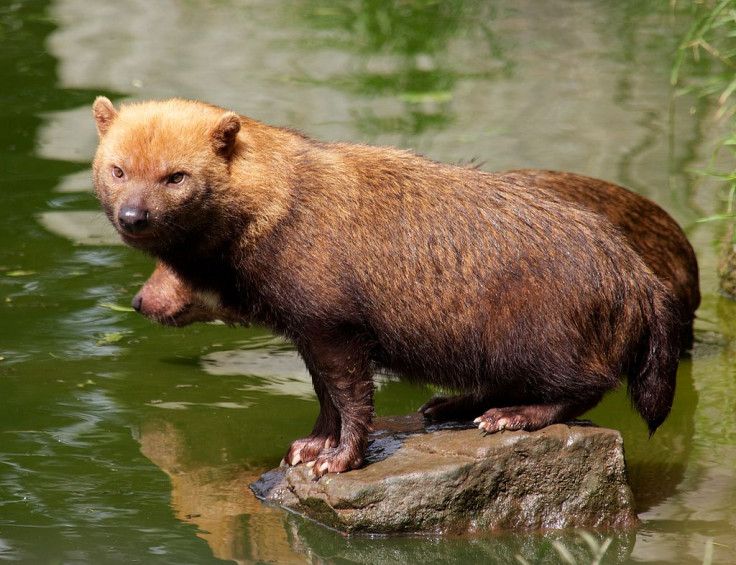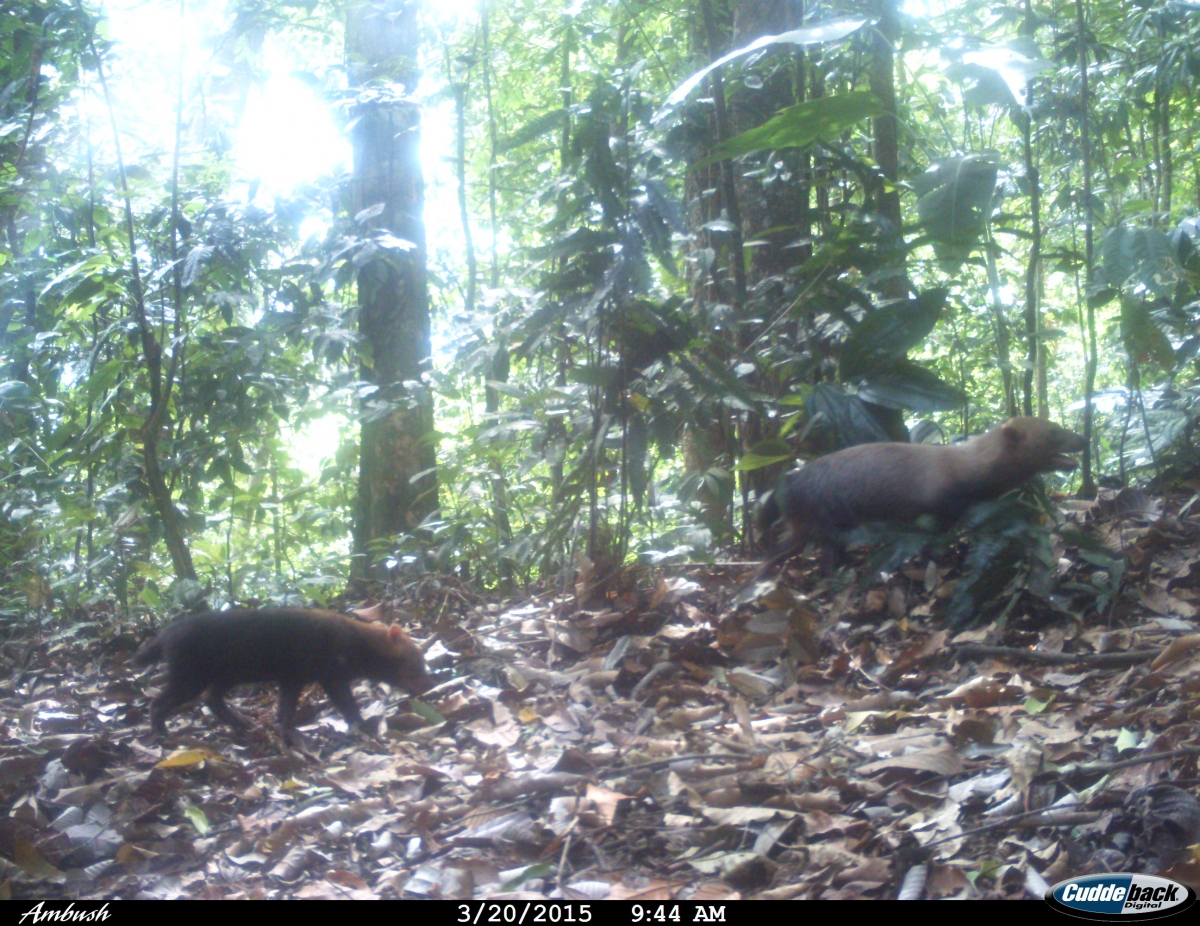Camera-trap photos show rare and elusive bush dog is widespread across Panama

The existence of the mysterious bush dog has been confirmed throughout the Central American country of Panama, as camera-trapping photographs show the species in all corners of the nation. The distribution of the animal had previously been unclear, as only two previous official scientific investigations confirmed its presence.
Photographs of the bush dogs were taken using cameras which take a snap whenever they detect an animal's body temperature. The rare canid was identified across Panama, from Cerro Pirre on the eastern side of the country, to Sante Fe National Park near Costa Rica.
"Our group of biologists from Yaguará Panama and collaborators are working on an article about big mammals using camera trapping data that spans Panama from the Costa Rican border to the Colombian border," said Ricardo Moreno, co-author of the study. "The bush dog is one of the rarest species that we photograph."



Bush dogs, Speothos venaticus, are considered a particularly uncommon species as they are very difficult to see, and are seldom reported in parts of the world they are even known to live in. The International Union for Conservation of Nature has classified them as a "near-threatened" species, and researchers can now use their distribution information in conservation techniques.
The digital camera traps use infrared sensors that detect heat signatures from animals. They were laid out as part of surveys for many different types of animals, including jaguars, but they managed to capture the elusive bush dog at four separate sites across the country.
To show just how rare it is to spot the small, stout dog, they were only captured in a total of 11 photographs in the study. Those 11 came from around 32,000 camera-days – the total number of cameras multiplied by the number of days the study lasted.
"Sighting records suggest that bush dogs may have been present all along Panama for many years but went unnoticed," write the authors. "In spite of better sampling techniques and the increasing use of camera traps to survey mammals across Panama, the capture rate of bush dog remains very low, similar to that reported across their distribution, suggesting that they are naturally rare throughout their range."
© Copyright IBTimes 2025. All rights reserved.






















